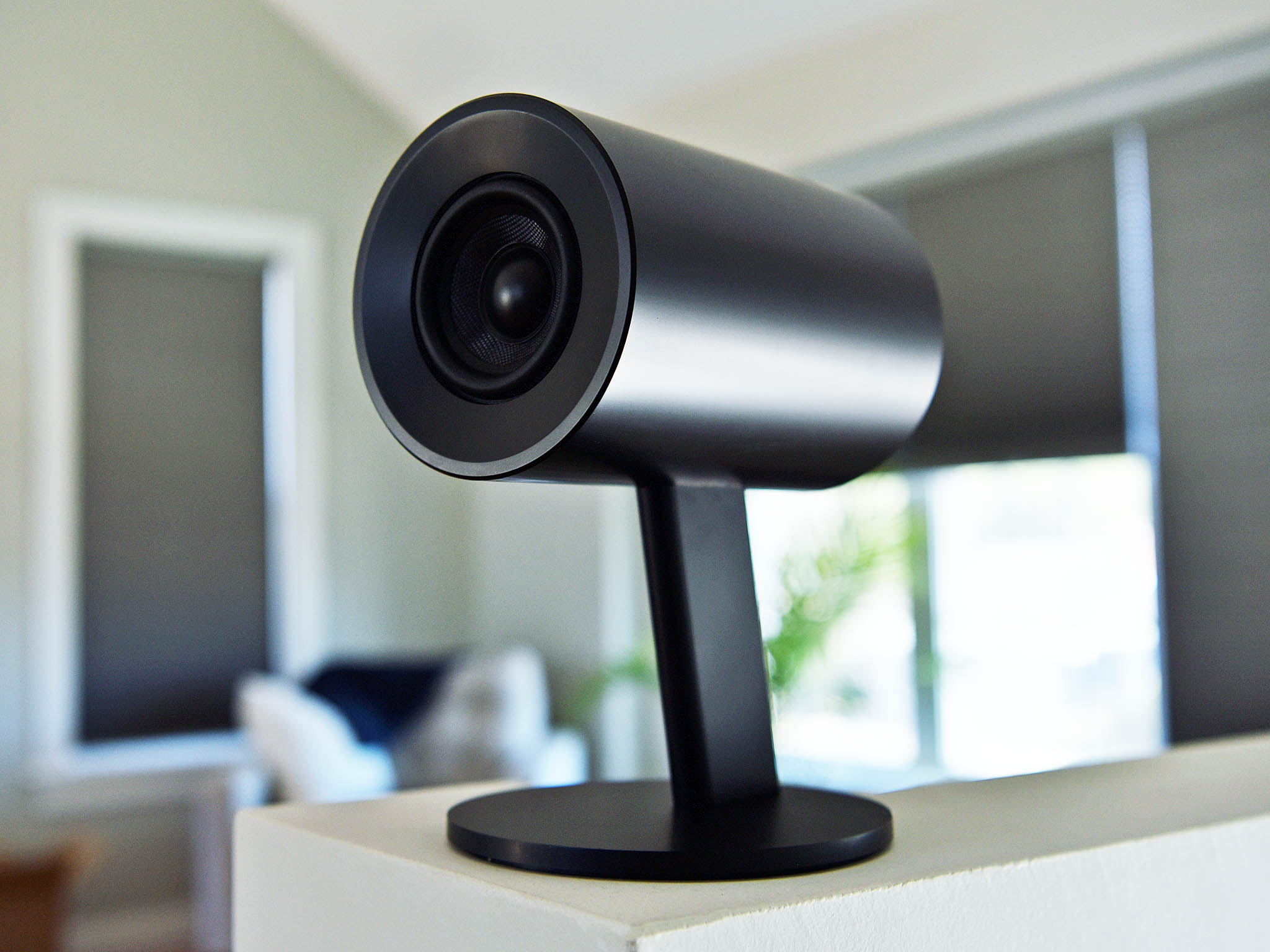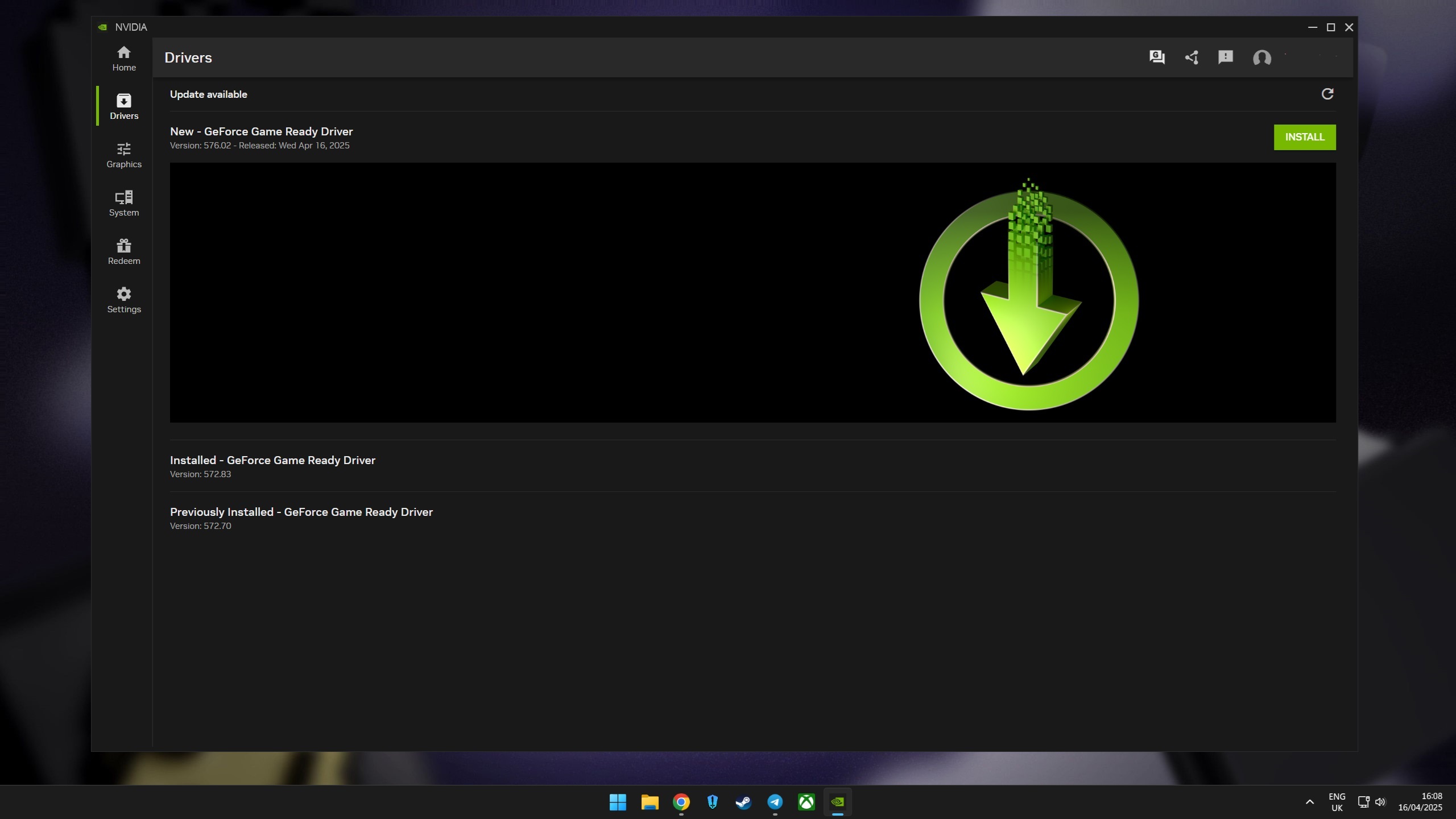Reviewing speakers – especially ones for gaming – is always a challenge if you're not well versed in the aural terminology of the business. Nonetheless, I know speakers that sound good and are fun to use from those that don't sound so hot.
Luckily, the new Razer Nommo Chroma (about $150) fall into the former category.
Razer Nommo Chroma features
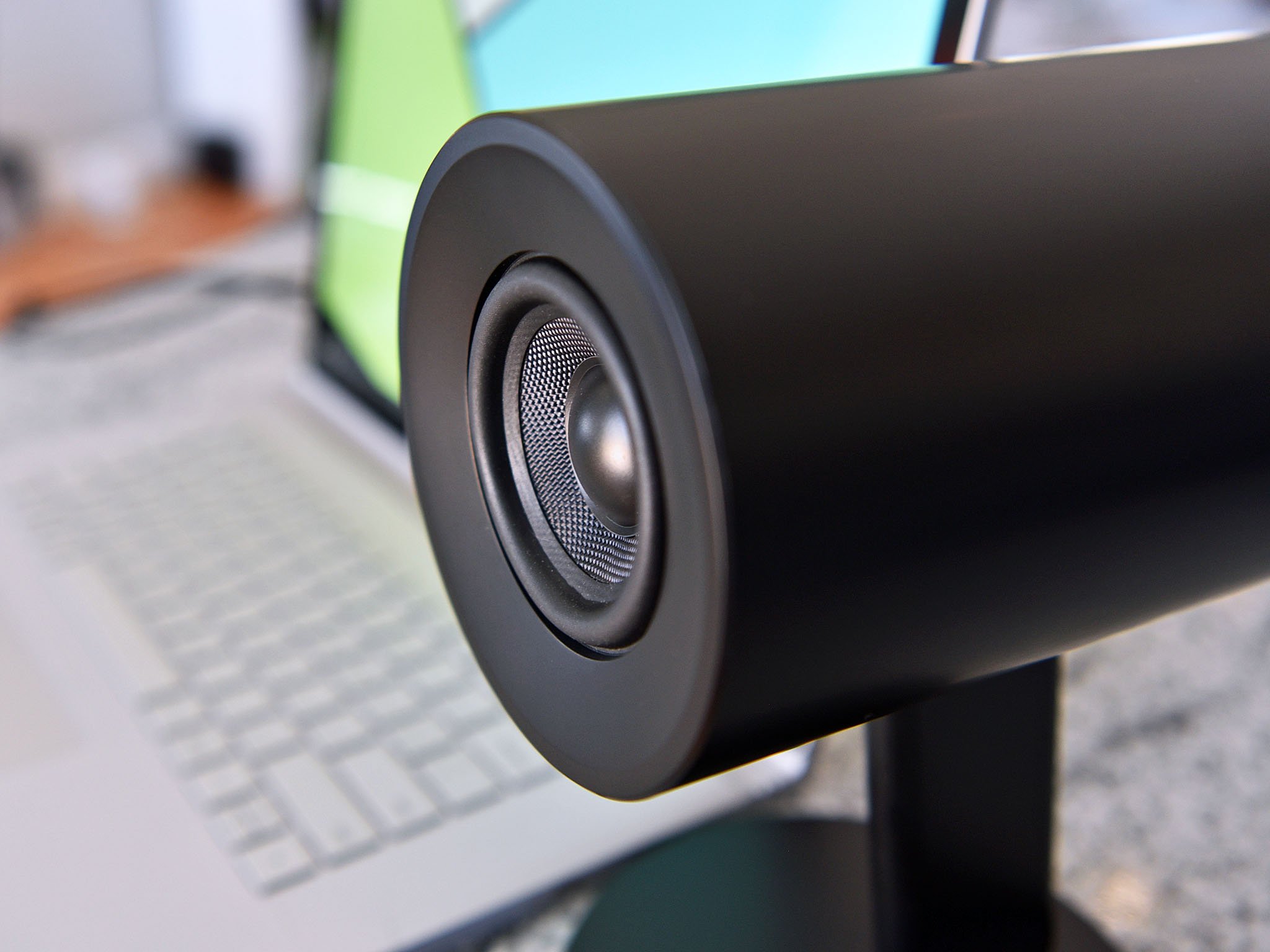
The Nommo Chroma speakers have a unique design compared to a traditional bookshelf or desktop speaker. The long cone-shape is designed to better channel sound as well as be directional. The speakers are like "sound guns" with excellent stereo separation. When at a desk, you can aim them at your ear holes to reach that perfect immersion.
Made from plastic, the quality is excellent with no creaks, jagged edges or any other anomalies.
The cannon-like speaker housing sits on a thin stem that leads to a broad, circular base plate. On one of the plates are two knobs, one for volume and one for bass. The knobs are high quality with that smooth, gentle movement you find on high-end stereo devices. Pressing down on the volume knob turns the speakers on or off.
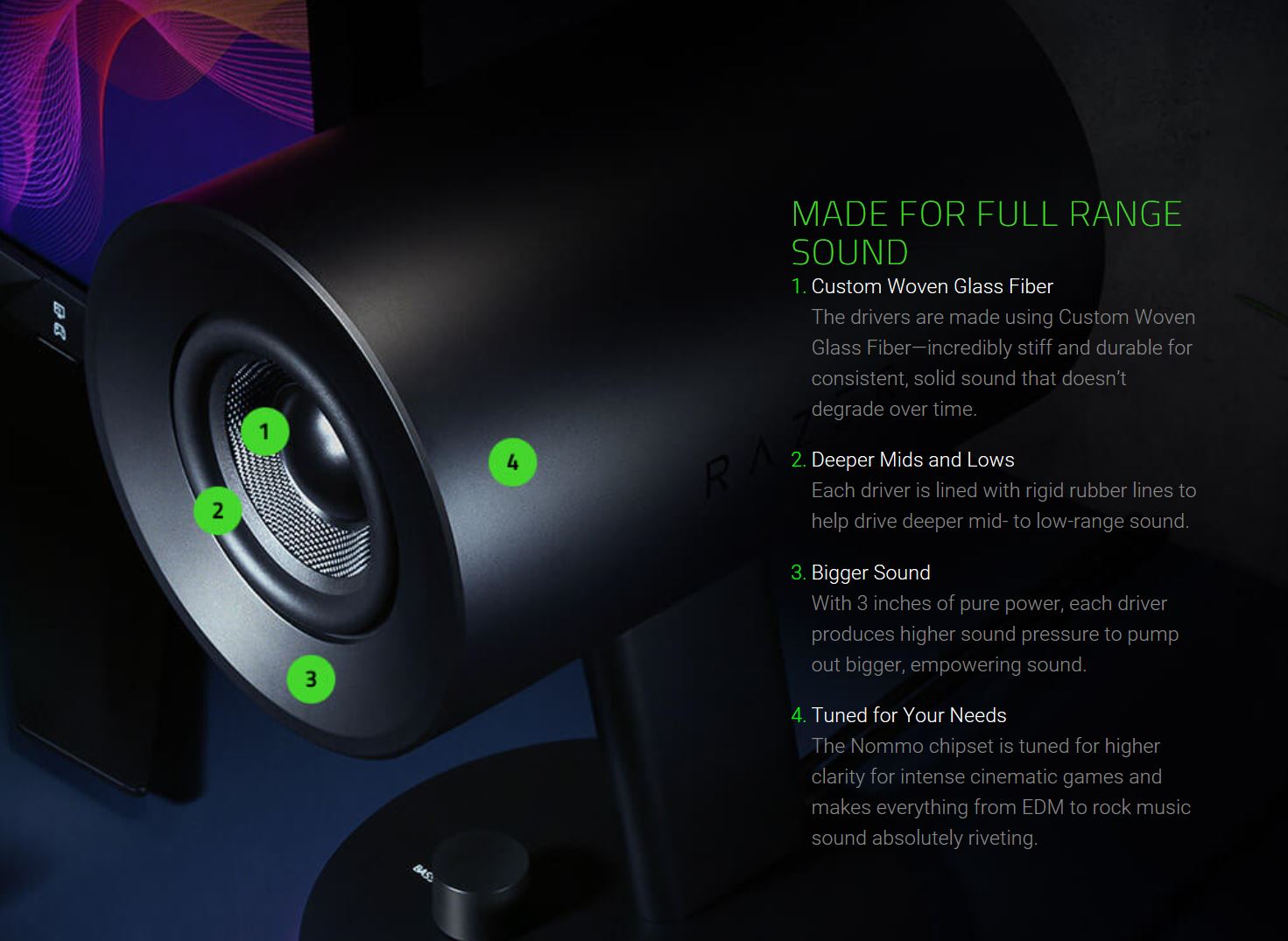
Underneath the Nommo's base plate is the circular RGB Chroma lighting LEDs that Razer is known for in its laptops. The lighting is automatic but can be controlled through the Razer Synapse software, which includes the usual spectrum cycling, breathing, and other lighting effects, or you can just go custom.
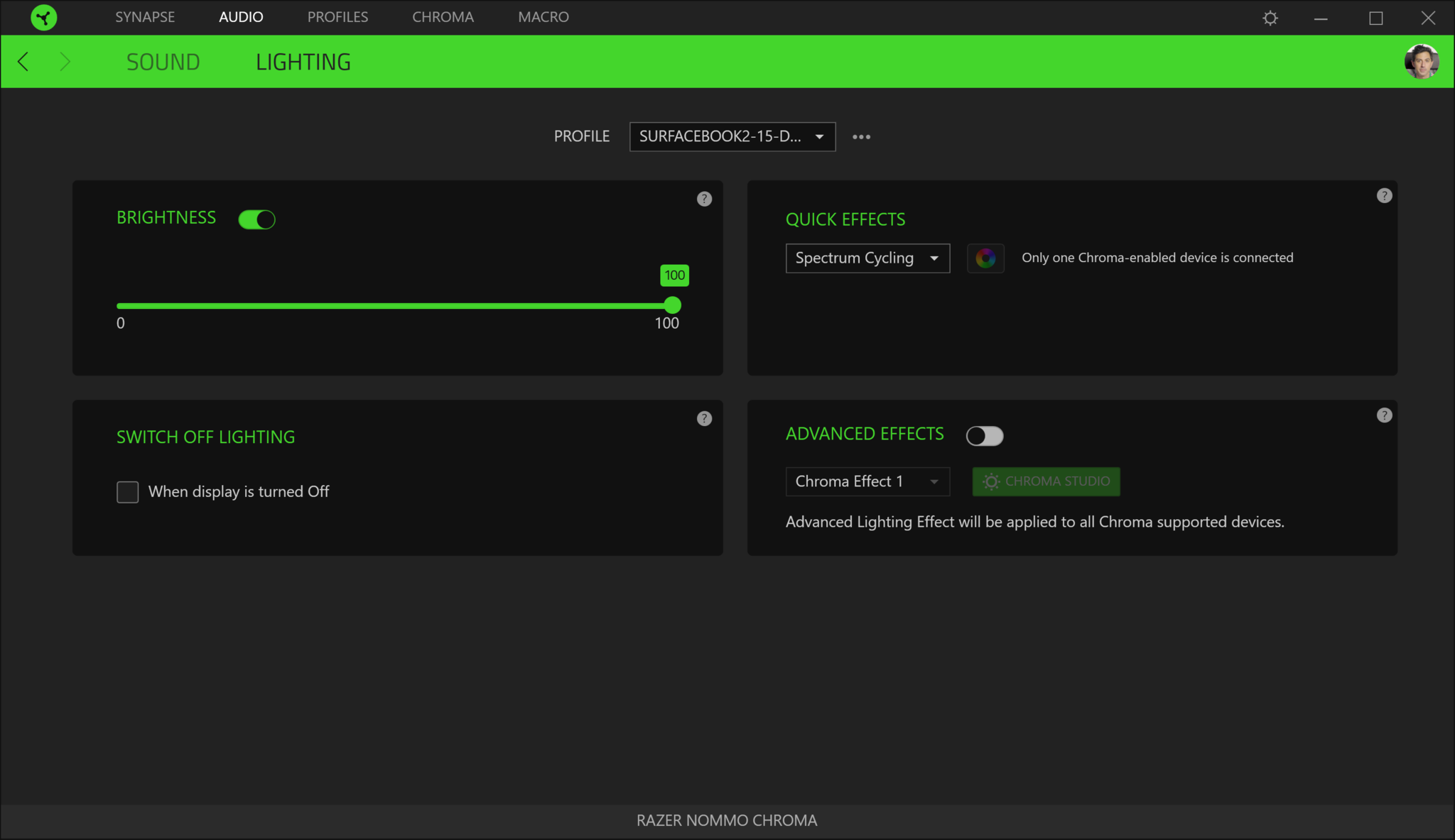
There is a cheaper $99 version just called the Razer Nommo that omits the Chroma lighting, but it also ditches the additional USB connector found in the Nommo Chroma, which is used for both the RGB lighting and the sound. Instead, the $99 variant relies on a typical 3.5mm jack, which is also available with the Nommo Chroma.
Razer Nommo Chroma tech specs
Here's a quick look at the most important specs:
- Two-inch by three-inch full range drivers (one per speaker).
- Frequency response is 50Hz to 20kHz.
- Bass knob with automatic gain control.
- Chroma RGB LED lighting with 16.8 million colors.
- Custom woven glass fiber three-inch drivers for power and clarity.
- Rear-facing bass ports for powerful lows.
- Versatile controls for gaming, music, and movies.
- Easy access headphone jack and volume controls.
- USB audio or 3.5 mm connectivity.
When using USB audio – which is preferred for higher-quality sound – users also have equalizer presets found in the Razer Synapse software for default, game, music, or movies.
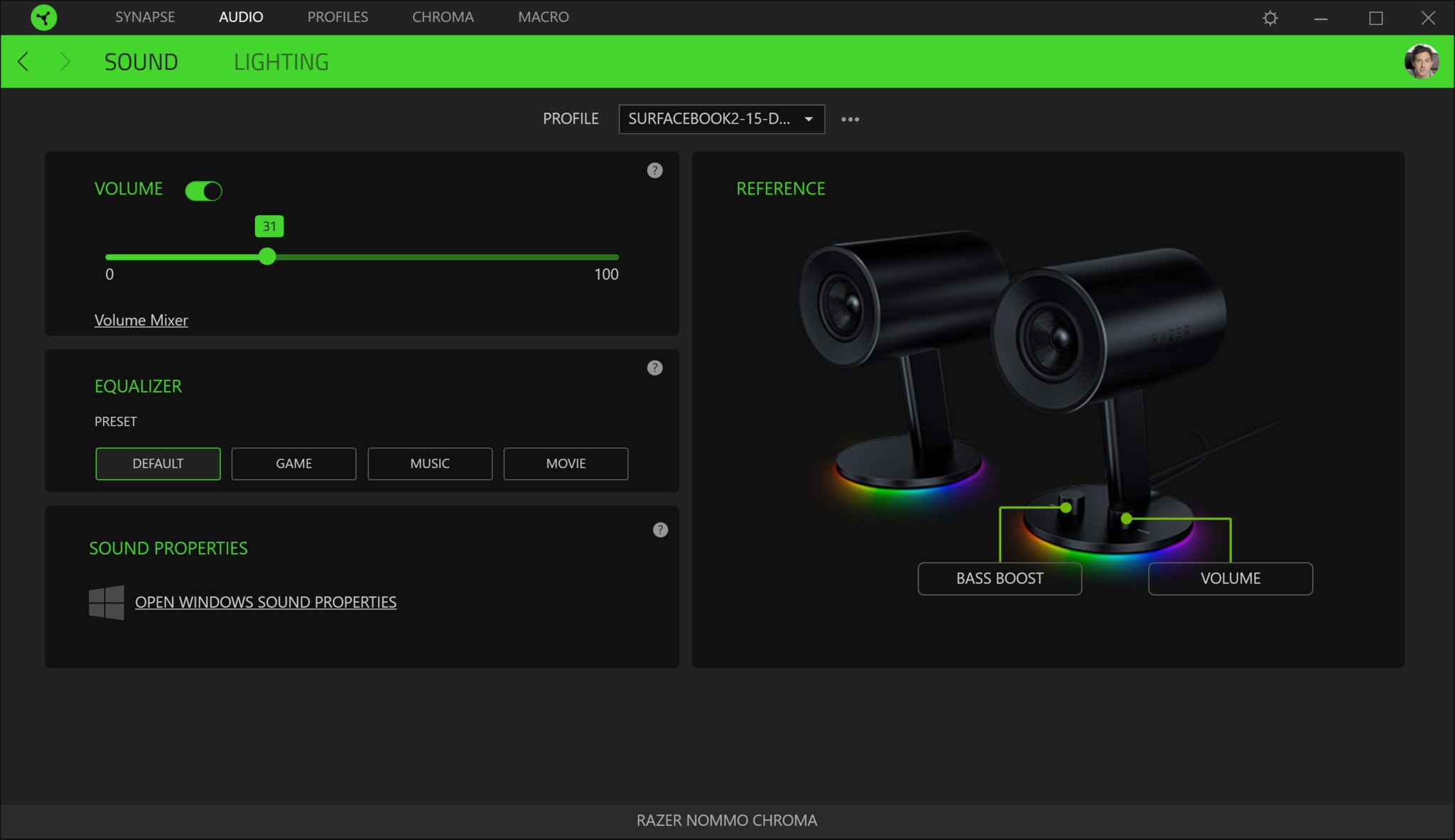
The neat trick in the Nommo Chroma is the bass knob with automatic gain control. When a user turns the bass knob up or down, the highs auto-adjust to that change to keep the sound from distorting or clipping. The system auto-balancing the bass with the rest of the sound profile is a subtle tweak that saves users from fine-tuning. Of course, some users will want to fine-tune, and you don't have a full equalizer here to do that either.
Razer Chroma Nommo sound
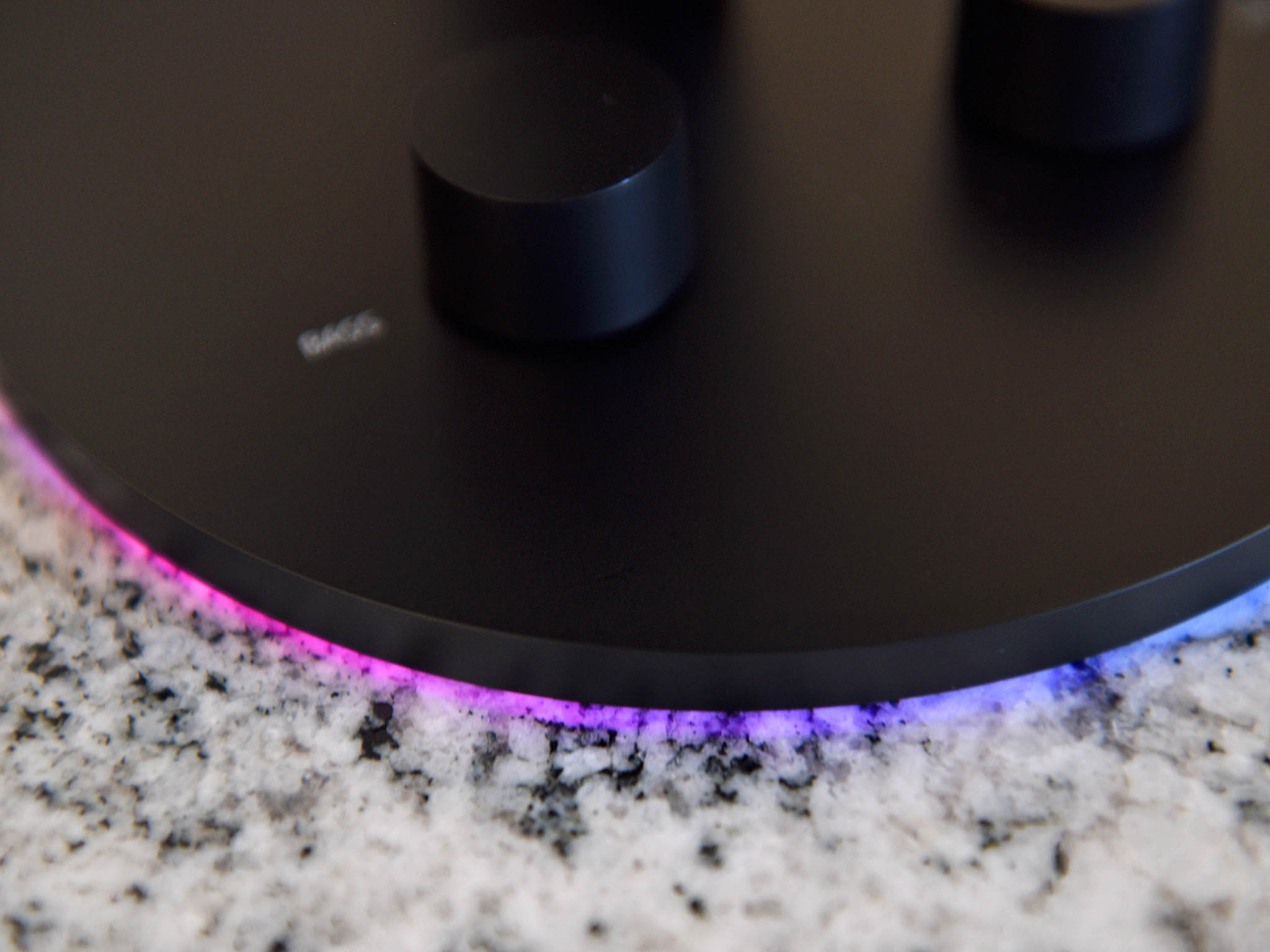
For PC audio, I don't have a broad array of speakers that I have used. I do have the GoGroove BassPULSE Computer Speakers, which are not only affordable ($49), but you get a dedicated subwoofer. I also use the Dell XPS 27 7760, which itself is packed with 10 speakers.
Compared to those, the Razer Nommo Chroma a step up in sound. While the XPS 27 has separate speakers for tweeters, the full-range drivers found in the Nommo Chroma are excellent. Since you can move the Razer speakers around on your desk and aim them at an angle the sound is much more immersive and flexible.
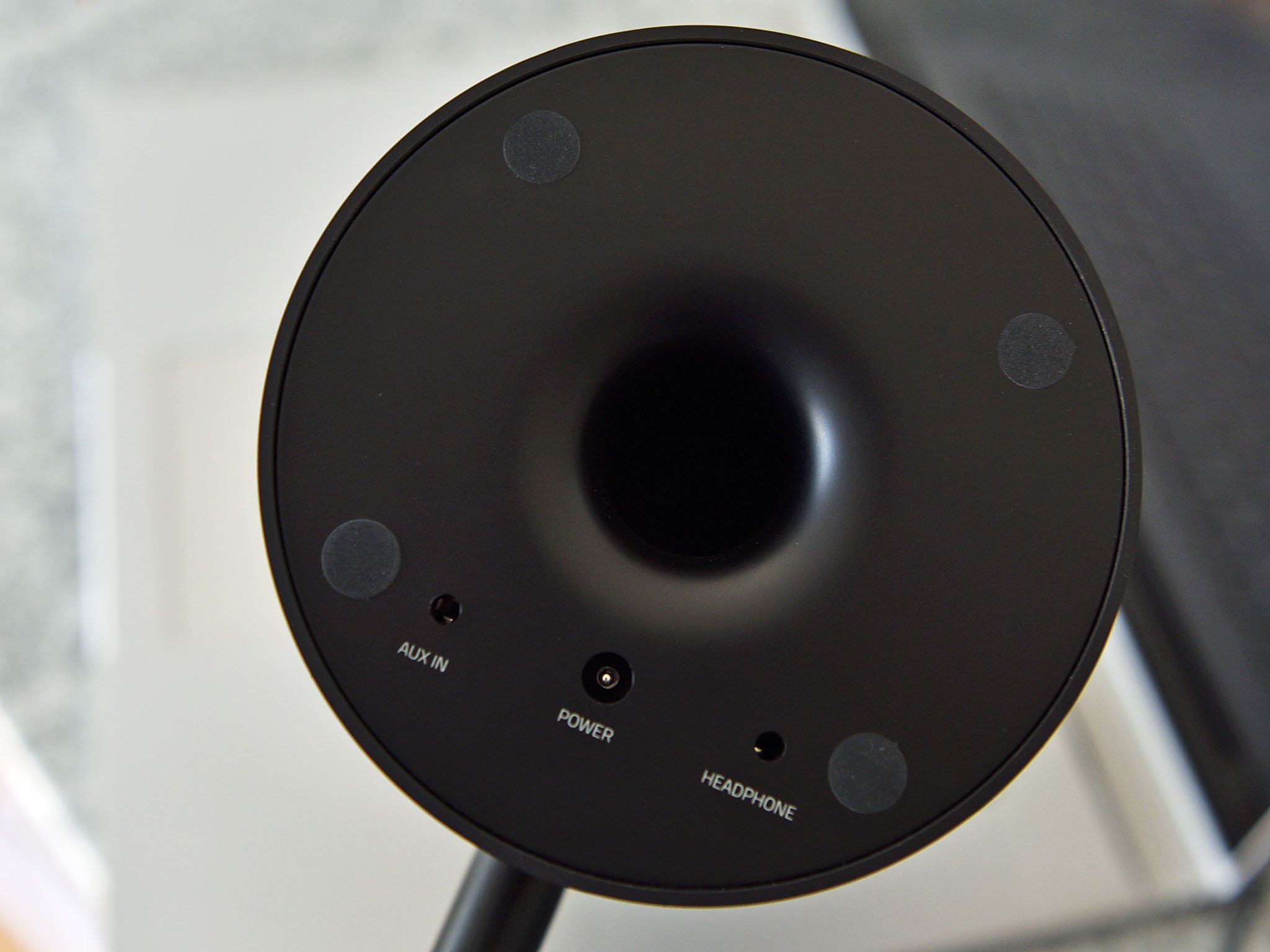
These Razer speakers also get very loud, but the sound always remains rich with no distortion. For gaming, being able to hear in-game footsteps with the positional audio seemed excellent too.
The addition of RGB lighting is a nice touch, but you can turn it off or turn the brightness down if it's too distracting. If you go all-in on RGB lighting for your PC, the Nommo Chroma's add a nice, non-audacious touch of color.
The real reason to consider the $150 Nommo Chroma, though, is for USB audio, which is richer and sounds better than the 3.5 mm wire.
For those who want even more, Razer is expected to offer the Nommo Pro for around $500 later this year. That system adds separate, Dupont Kevlar fiber drivers and silk-woven tweeters with a separate, downward firing subwoofer. All of that is also THX-audio certified (Razer bought THX in late 2016, which is one reason it is getting into audio more heavily these days).
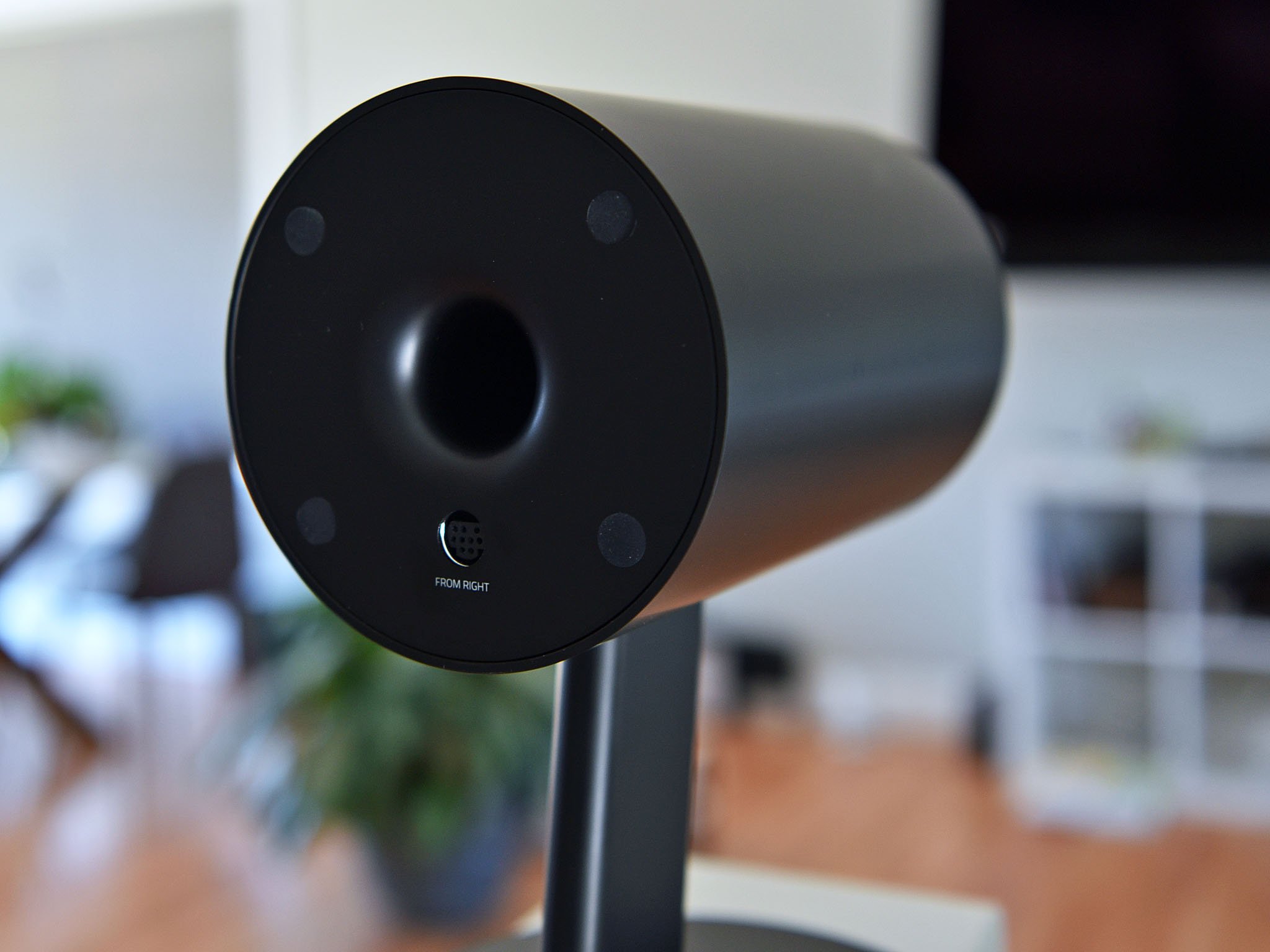
So, what's not to like about the Razer Nommo Chroma? There are a few minor details. The speakers should be able to adjust vertically on that stem, but instead, they are fixed. That means if you want to make a height adjustment you need to put the speakers on top of something (there are also no mounts). Additionally, while equalizer presets are excellent (and you can hear the difference between them), I'm sure some users will want a "real" equalizer.
Finally, there is the price, and that $50 difference between the non-RGB and USB model seems a bit steep. There are also many cheaper alternatives.
Final thoughts on Razer's Nommo Chroma speakers
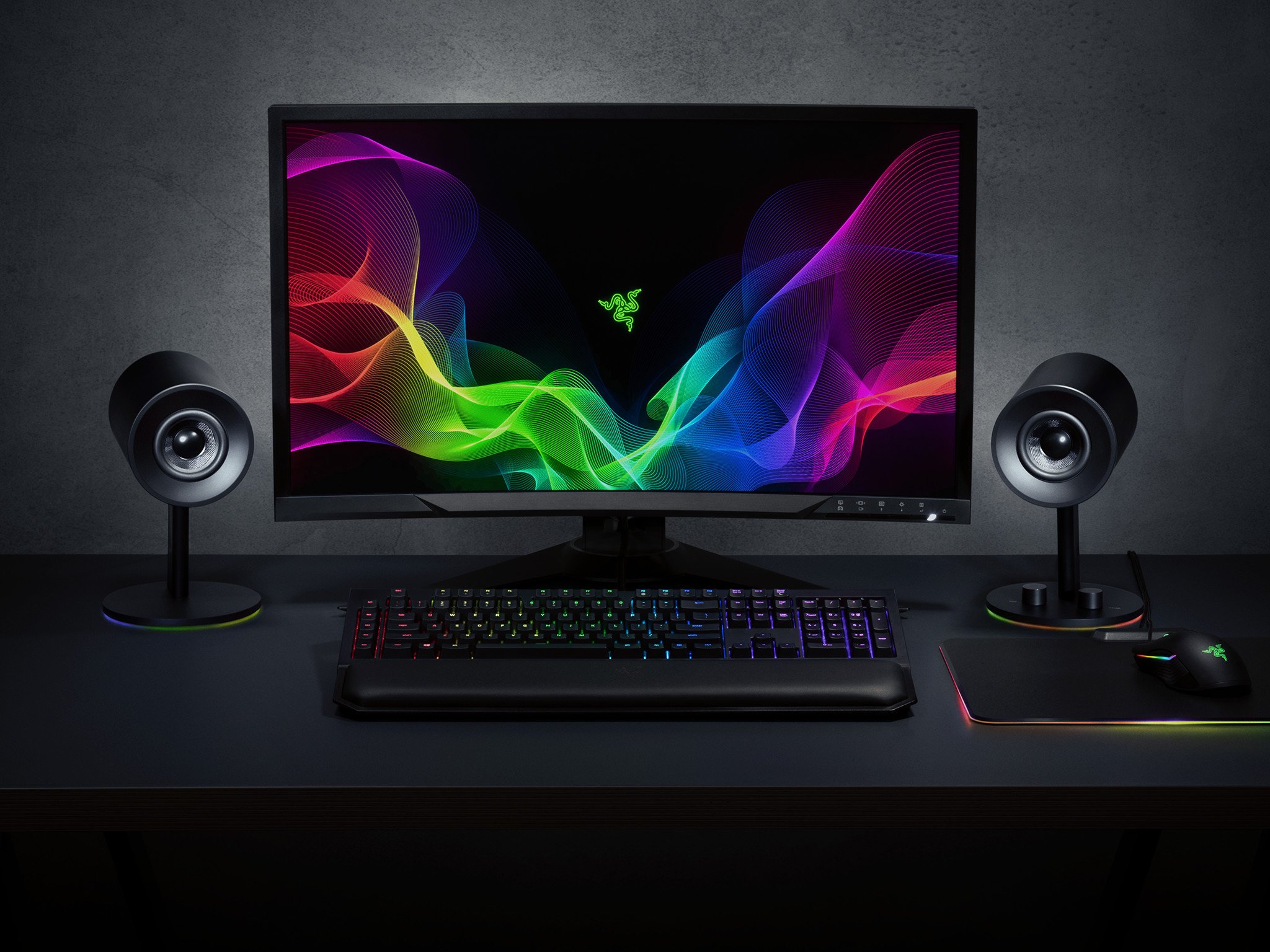
As is, the Razer Nommo Chroma speakers are brilliant. The audio is rich, with full bass that never drowns out the highs. Watching Star Wars: The Force Awakens on my Surface Book 2, the audio was outstanding. The flexibility of the USB audio or 3.5 mm jacks lets you plug it into just about everything, and frankly, I think they look cool.
If you are in the market for some speakers for your gaming rig, laptop, or even your phone, the Razer Nommo Chroma speaker deserve a look.
Pros:
- Fantastic, rich, immersive audio.
- USB audio or 3.5 mm option.
- Cool design with RGB lighting.
- Automatic gain control.
Cons:
- Cheaper options available.
- Stand should be adjustable.
Related reading

Daniel Rubino is the Editor-in-chief of Windows Central. He is also the head reviewer, podcast co-host, and analyst. He has been covering Microsoft since 2007 when this site was called WMExperts (and later Windows Phone Central). His interests include Windows, laptops, next-gen computing, and wearable tech. He has reviewed laptops for over 10 years and is particularly fond of 2-in-1 convertibles, Arm64 processors, new form factors, and thin-and-light PCs. Before all this tech stuff, he worked on a Ph.D. in linguistics, performed polysomnographs in NYC, and was a motion-picture operator for 17 years.
